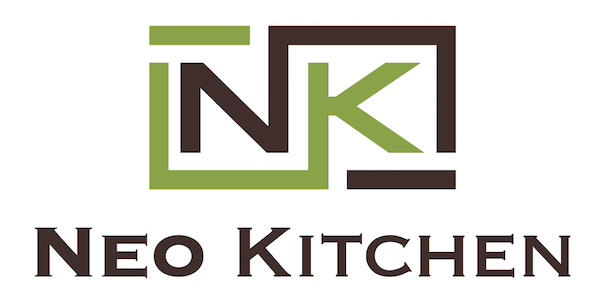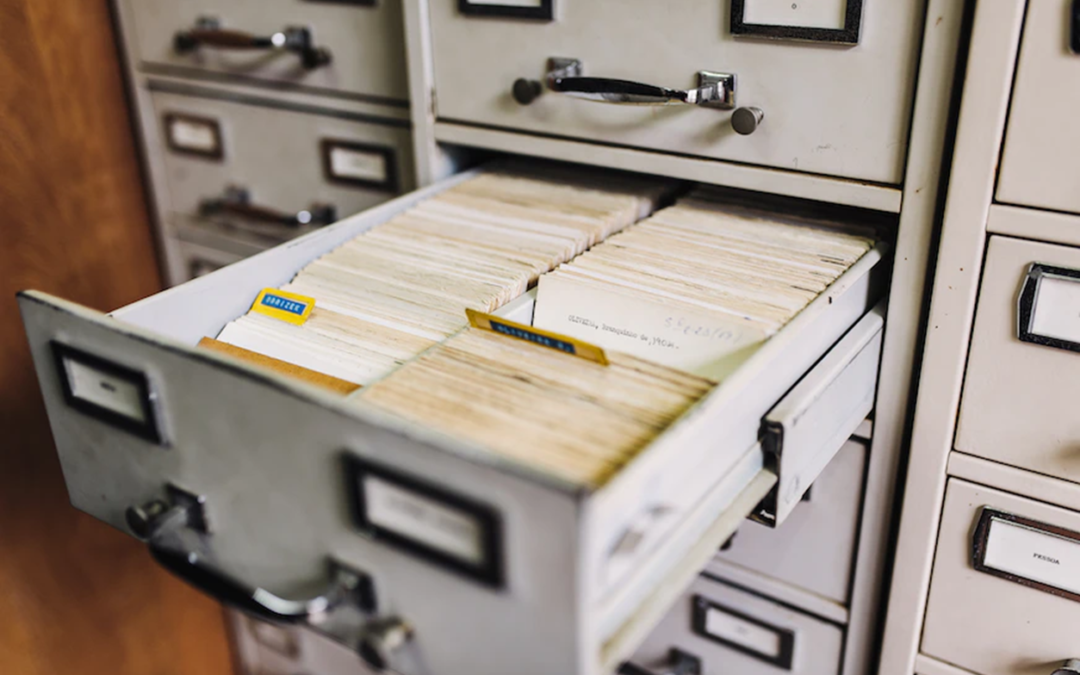Maintaining a professional appearance in your office while keeping it clean, tidy, and organized will also increase your efficiency during the day. Keeping organized can be particularly difficult in crowded areas, but with the appropriate design and storage solutions, you can maximize any workspace.
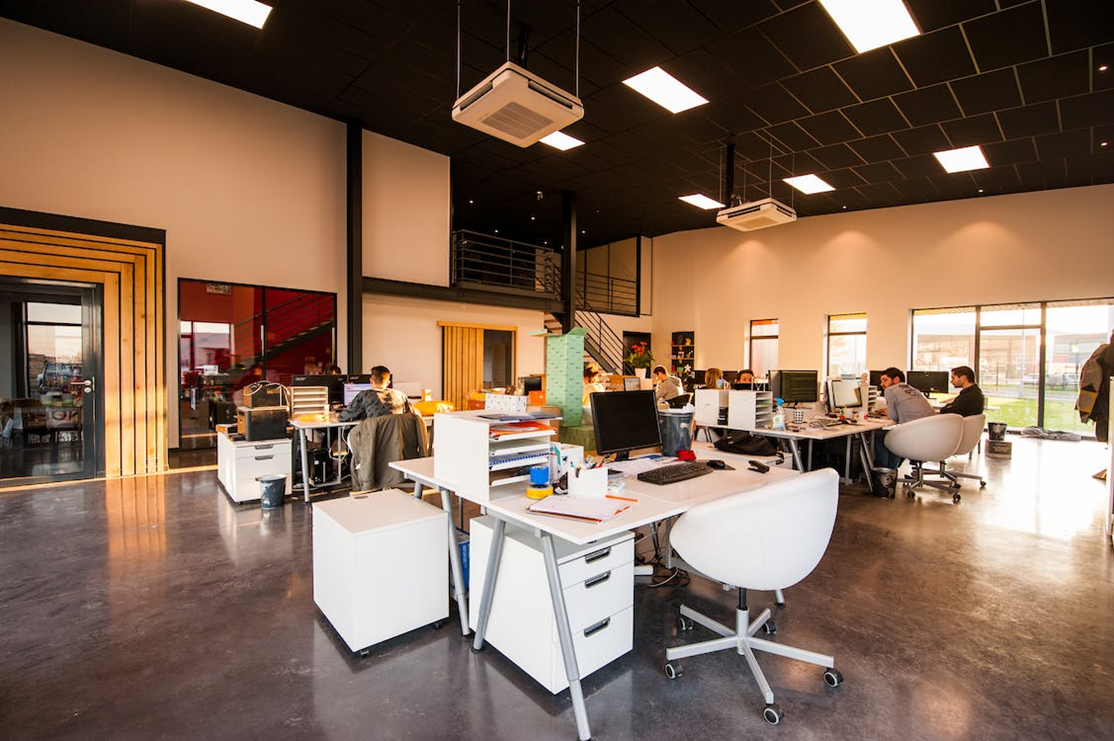
(Source: Pexels.com)
The traditional office cabinet is the best option for storage and organizing. These office cabinets have remained a mainstay despite the significant changes in the workplace and office throughout the years. Even though a lot of data is now saved electronically and using data storage techniques, there are still many circumstances when paper records of important documents are still needed. An office cabinet offers a quick and safe approach to guarantee that files are available for access.
So, if you are building your own home office or renovating your commercial workspace, this article will guide you in choosing suitable office cabinets.
Step 1: Know The Different Types of Office Cabinets
The best office cabinets meet your budget, have enough room for your belongings, and are simple to transport or put together.
Many various strategies can be employed when it comes to cabinet office storage. The optimal response, however, frequently relies on the client’s particular requirements. Since they have been remodeling homes for many years, cabinetry experts and decorators can typically assist you in finding the ideal storage option for your office. They can also offer advice on improving your workspace’s aesthetics and functionality. You must be aware of the many storage solutions before shopping. With that, here are some of the most common types of office cabinets offered by manufacturers and experts in the market:
- Vertical File CabinetThis type of cabinet has drawers extending from the narrow portion of the cabinet. This generally implies that the drawers have more depth. These cabinets, which are often taller than horizontal models, require enough room to stretch entirely and give users convenient access to files spread out along the width of the cabinet. Vertical office cabinets are ample, vertical shelving systems that perform a similar role as a wardrobe. Some only have racks with extra features like vertical file storage, while others incorporate drawers. To put as many of your workplace storage items out of sight as necessary, they often contain at least one set of vertical doors that can be opened.
Although the drawers are typically 15 to 20 inches broad, they have ample depth to provide excellent storage. It would be best if you considered that the drawers in these cabinets would go farther than those in a lateral file cabinet because they depend on the drawer’s depth. As a result, they might not fit into areas as small to have room to open. Additionally, obtaining one or more cabinets is simple if you require extra storage fast, negating the requirement to make room for a vast metal filing system.
In contrast, because of their short width, these vertical file cabinets are simple to put at the end of a workstation or in a little area of extra space in your workplace. Overall, both professional workplaces and home office designs favor vertical files.
- Lateral File CabinetAlthough they are long, comprehensive, short-file office drawers, they are frequently referred to as credenzas. This indicates that it offers a broader drawer but not as deep as other cabinet types. A sliding door or at least one set of doors will often cover shelves or pull-out material file systems. Usually, they land at hip level. A horizontal file cabinet has drawers that stretch from the most extended portion of the office cabinet. Workers can sort through data from a sitting position using a horizontal layout.
Whenever you have a large number of documents to file, lateral file cabinets are made to be beneficial. They frequently have large, deep drawers, although they typically will only stretch a little farther. This design may be the best option for smaller rooms if a longer drawer cannot be extended into the space. This design eliminates the concern that the drawers won’t be capable of opening when you install them in a tiny corner. More precisely, lateral file cabinets typically range in width from 32 to 36 inches. This gives these filing cabinets some flexibility. Many typical legal and letter-sized papers can be held in them. You typically have considerable flexibility with the placement of the documents after they are placed in the cabinet because the drawers are so large.
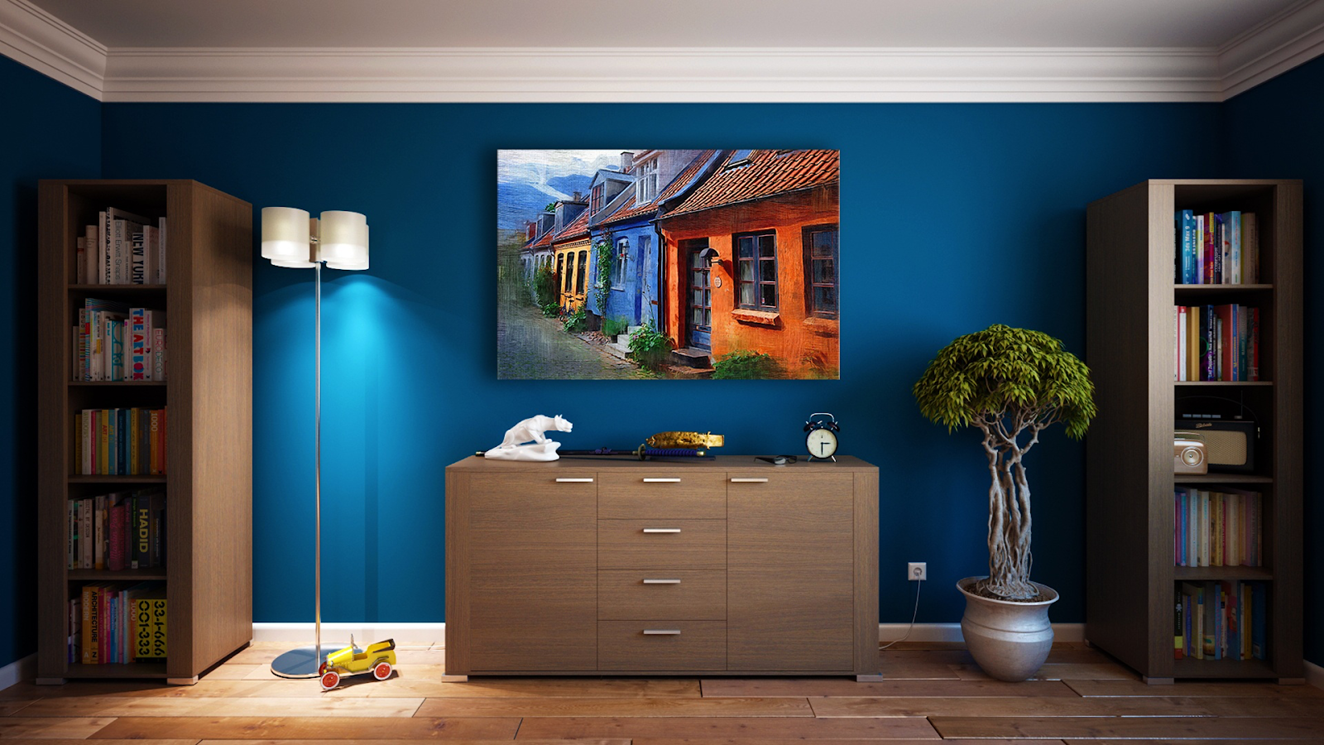
(Source: Pexels.com)
- Flat Filing CabinetComparing flat filing cabinets to many other office cabinet designs reveals a distinct visual difference. This is due to their typical low stature and long, narrow drawers. This relates to how you organize items in these cabinets. The contents in a flat filing cabinet are arranged with one sheet in each drawer instead of stacking them vertically.
A flat filing cabinet’s primary function is to prevent these objects from bending or curling. The closed drawer also gives safety from a variety of additional factors. As a result, huge documents like layouts, works of art, and other artifacts are frequently stored in these filing cabinets. By doing this, you can keep them safe without needing to roll, bend, or otherwise alter them in a manner that results in harm or curled edges when that is an inconvenience.
- Pedestal File CabinetsYou might have little space for a filing cabinet in a relatively small workplace or if your office is divided into cubicles. However, it is still vital, and filing cabinets are available specifically for this use. Compact design characterizes pedestal file cabinets. In this manner, you may keep them out of the way by sliding them beneath a desk. You will have to give up some space for storage because of their compact size, but it’s a terrific method to add an exciting lot of storage to a bit of place. These cabinets are typically no taller than a few drawers because they are designed to fit into small spaces. Similar to this, they often are smaller to accommodate anything whatsoever, such as a person sitting in an office chair right next to it.
- Open ShelvesWhen filing things in open-shelf file cabinets, you wouldn’t need the protection of a door or a drawer. These filing cabinets typically resemble bookshelves more than the typical filing cabinet.
These filing cabinets, nevertheless, are frequently designed to accommodate your files; some even come with partitions to assist you in keeping everything organized. This style of cabinet has the advantage of being simple to store additional objects like books or even tiny decorations if you find you have extra space. They are a well-liked option in crowded offices due to the abundance of storage capacity they provide.
Open cabinets do have some disadvantages, though. They need to provide more security or safety because they are available instead of being covered by a door or drawer. Therefore, they may not always be the most excellent option if you want something impenetrable or to ensure that the contents of your data are safe from watchful eyes.
Depending on how you utilize your office will determine which type of office cabinet is best for you. For instance, think about a vertical office cabinet if you have limited square footage instead of utilizing your vertical space. On the contrary, choosing a credenza is wise when you have a lot of available space. A credenza will require you to reach the storage while sitting, so placing it close to a desk or another prominent location where a chair can be present makes it the easiest to use. After that, you will have a vertical room to hang bookcases, pieces of art, or other artwork.
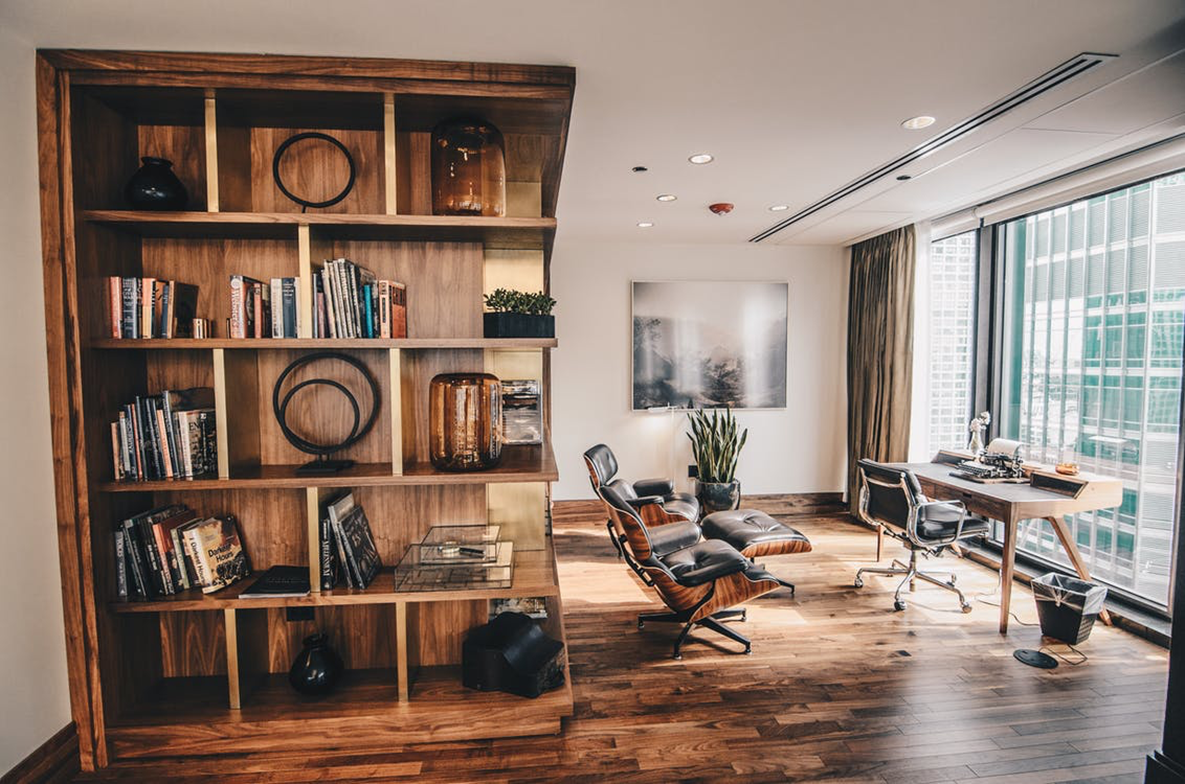
(Source: Pexels.com)
Step 2: Choose The Right Materials
- SteelThe most effective option for your office is steel-made office cabinets. Depending on the application of your business, numerous diverse types of steel are available at different prices and grades. For instance, cold-rolled stainless steel is suitable for making conventional wall cabinets, whereas hot-rolled steel plates can be utilized to build filing cabinets. Steel is versatile. You can select the style and color that best fit your needs because it is also customizable.
The fact that steel is durable and nearly indestructible is its best quality. In contrast to other materials like plastic or wood, steel doesn’t chip, flake, or corrode. A moist washcloth will clear away any dust or grime from the surface of steel cabinets. You can even use a standard household cleaner without worrying about destroying the furniture.
- WoodBecause of their longevity and natural wonders, wooden office cabinets are frequently considered the best choice. Wood is ideal for an office cabinet because it is strong and can sustain constant use. Additionally, wood is simple to maintain and clean, making it an excellent option for crowded offices.
There are numerous varieties of wood offered in the market, and each has advantages and drawbacks of its own. You can choose the suitable office cabinet material depending on the type of workplace, the available budget, and your preferences. It is best to pick a wood that complements any décor and offers the advantages you require from an office cabinet materials standpoint.
- Oak can be a terrific option for an office with a conventional atmosphere. It looks friendly and welcoming while being sturdy and long-lasting.
- For offices that value the environment, bamboo is a fantastic choice. It has a natural appearance that may go with any decor, is solid and long-lasting, and is usually created from a renewable source.
- For offices with a contemporary aesthetic, maple might be an excellent option. It may be polished in a range of hues to complement any design and is robust and stylish.
- PlasticA plastic material can be the one you want because it is portable and typically economical. However, consider that plastic can provide a different level of reliable closing systems than metal or wood. Additionally, it will not offer as much protection from calamity and is less likely to last over time. Lastly, plastic is definitely not an option if you are environmentally conscious.
- Wood veneer or laminateA laminate or wood veneer office cabinet might offer you the conventional appearance you want without costing an arm and a leg for a piece of genuine wood furniture. In a solid hue, laminate can also appear relatively streamlined and contemporary.
Step 3: Add Features
You may need to check out various things based on how you intend to use your office cabinets. After all, office storage cabinets can vary significantly. Here is a checklist of qualities to keep in mind while you search for your office cabinet:
- Opt for an office cabinet with a locking mechanism if you want to feel more at ease keeping your documents hidden. Some models come with actual keys, or you might get one with a digital code for more protection.
- Will paper storage be the majority of your requirements? If so, choosing an office cabinet with various drop-down file systems is wise if you want the most effective and user-friendly file system. Search for a cabinet featuring shelves that you may later modify as your demands alter if you are unsure if you’ll need to use that much specific space for paper files.
- Do you foresee your needs changing soon, or would a flexible, modular office cabinet make sense? Some office cabinets have add-ons that you can choose to buy later, possibly when you have a better understanding of how the cabinet will work with your office or if your workspace’s needs change at any point in the foreseeable future.
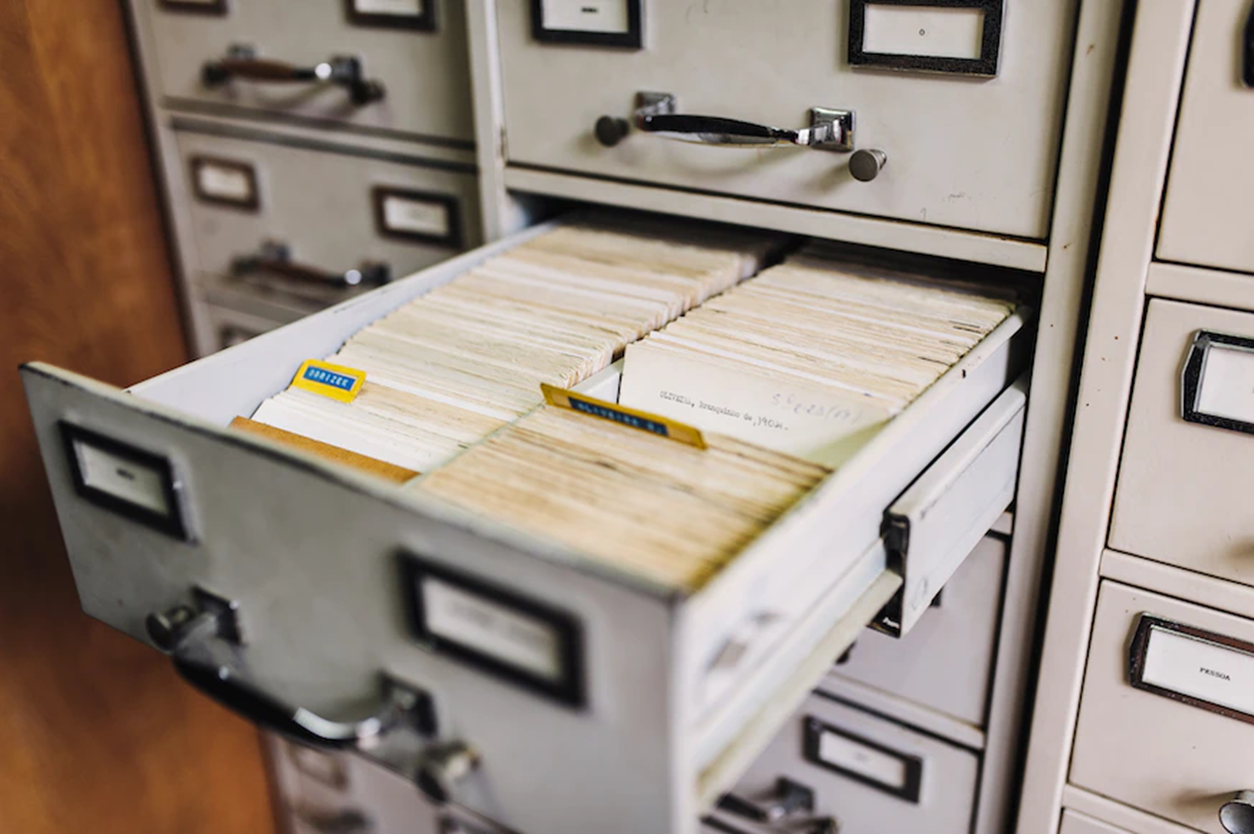
(Source: Unsplash.com)
Step 4: Other Considerations
- SizeThis factor is one of the most critical elements for your choice and has three components. First, determine the dimensions of the files that will fit in the cabinets. Most are available in letter or legal sizes, so consider the size of the documents you typically store. Next, consider your storage space available. How many records do you have to keep stored, and will that number likely stay the same or grow? Will a specific amount of drawers affect your method of organization? In such cases, remember that vertical office cabinets frequently have more drawers, albeit smaller ones.
Finally, the dimensions of the cabinet itself come last. Naturally, this pertains to the previous two size factors, but you also need to consider the workplace’s dimensions and layout where it will be placed. You have to have room in that corner for the filing cabinet you wish to hide under the desk. Additionally, if you intend to install a sizable, lateral office cabinet along a wall, ensure that it will not obstruct the ability of a door to open or an office chair to recline.
- Drawer SlidesDepending on drawer slides, your cabinet drawers can slide open and shut without snagging or jamming. It’s crucial to understand that each set of drawer slides has a maximum allowable weight and that if you go above that limit, the slides could become damaged. Broken slides should only be a significant worry if you intend to store uncommon and unusually bulky goods in your office cabinet.
- CounterweightsMore than 30 kilograms of paper can even be found in a single cabinet. So if you are dealing with a wide lateral filing cabinet with multiple drawers, consider how substantial the top drawer’s weight is and how that weight can alter the cabinet’s stability if you draw it out entirely. Since children may pull on drawers in more extensive officer cabinets or a home office, counterweights are crucial. These safeguards stop tipping, ensuring the safety of you, your belongings, and other people in the workspace.
References:
- Buying Tips and Guides. 2022. How-To Find The Best File Cabinet For Your Office In 2022. Retrieved from: https://www.btod.com/blog/2017/02/11/buying-guides-how-to-find-best-filing-cabinets/. Retrieved on 12 November 2022.
- Designing Idea. 2019. Types of Filing Cabinets (Styles, Uses & Materials). Retrieved from: https://designingidea.com/types-of-filing-cabinets/. Retrieved on 12 November 2022
- National Business Furniture. 2022. The Complete Guide to Office Storage. Retrieved from: https://www.nationalbusinessfurniture.com/blog/complete-guide-to-office-storage. Retrieved on 12 November 2022.
- Office Furniture. 2022. What Are The Different Types of File Cabinets?. Retrieved from: https://www.officefurniture.com/blog/types-file-cabinets. Retrieved on 12 November 2022.
- Quill. 2021. The Ultimate File Cabinet Buying Guide. Retrieved from: https://www.quill.com/blog/office-tips/the-ultimate-file-cabinet-buying-guide.html. Retrieved on 12 November 2022.
- Royal Palm Closet Design & Fine Cabinetry. 2020. Home Office Cabinetry: How to Choose The Right Cabinet For Your Needs. Retrieved from: https://www.royalpalmcloset.com/home-office-cabinetry-how-to-choose-the-right-cabinet-for-your-needs/. Retrieved on 12 November 2022.
- TEEO Creations. 2022. Home Office Storage Cabinet: A Complete Guide To Help You Find The Best One For Your Specific Needs. Retrieved from: https://www.teeocreations.com/blog/guide-to-the-different-type-of-office-storage/. Retrieved on 12 November 2022.
